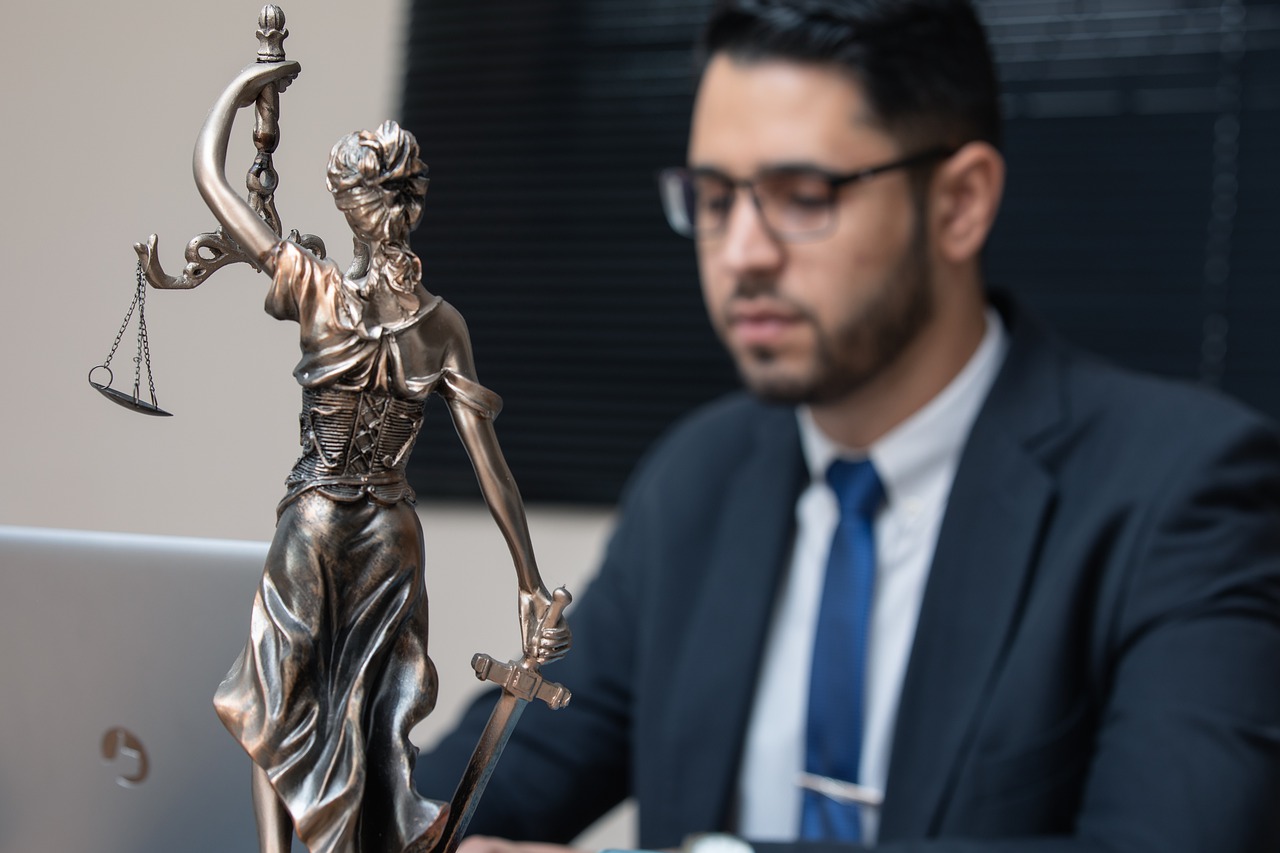Formal-legal analysis of the aspect of observing the location of an employee while working in the European Union.
Many companies interested in implementing and benefiting from RTLS, including many of our customers, ask themselves about the legal and formal aspects of using the location of the employee to increase the efficiency and safety of work. This fundamental question gets into some delicate issues.

On one hand, the employer has rights and de facto obligations to control employees while they are working. Procedures to be followed in the name of performing work tasks are often introduced not only to ensure the achievement of the employer’s business goal but also to ensure the safety of the employees. Thus, the employer has the right to control the proper performance of these tasks – and the right to such control is nothing less than the existence of a formal employer-employee relationship.
Thus, EU employers have the right to monitor employees at work as long as this is justified in the interests of employee safety and the employer’s business interests. However, a balance must be struck between the employer’s right to lawfully monitor and manage the work process and the employee’s right to privacy.
The provisions also explicitly refer to location data, provided the data is anonymous, or the employee is informed of the monitoring. In many cases (though not all) consent to such monitoring must be obtained. Very important, the monitoring process must comply with the EU General Data Protection Regulation (GDPR) according to which employees must be notified of:
• The fact that they are being monitored
• The purpose of the monitoring
• How long the monitored data will be kept?
• Who has access to the monitored data?
The use of covert video surveillance is considered a violation of Article 8 of the European Convention on Human Rights (“ECHR”). Monitoring in sensitive areas such as restrooms, places of worship and break rooms is also prohibited. RTLS systems such as TRACKGENT thus remain a viable alternative to VIDEO surveillance, which, while we are all used to it, is more controversial in nature. A big advantage of a system like TRACKGENT over VIDEO surveillance is that it is fairly easy to make the monitoring data anonymous.
If you have additional questions about the specific use of RTLS and the formal and legal aspects involved, please feel free to contact our experts.
read more
EMERGENT Wins 1st Place in the “Healthy Future – Inspirations 2025” Awards
EMERGENT Wins 1st Place in the “Healthy Future – Inspirations 2025” Awards Softgent’s real-time patient tracking solution EMERGENT, implemented at...
Read MoreFrom Spark to Shift X Softgent & CLARA: Network, Panel, & Workshop for Founders
From Spark to Shift X Softgent & CLARA: Network, Panel, & Workshop for Founders Join us for an evening of...
Read MoreSensor Fusion in IoT: Unlocking Ultra-Responsive, Low-Energy Networks with UWB Technology
Sensor Fusion in IoT: Unlocking Ultra-Responsive, Low-Energy Networks with UWB Technology In many modern IoT projects—especially those involving mobile or...
Read MoreSoftgent’s EMERGENT Wins Rynek Zdrowia’s Reader’s Choice Award
Softgent's EMERGENT Wins Rynek Zdrowia's Reader's Choice Award We are thrilled to announce that Softgent's innovative healthcare solution, EMERGENT, has...
Read More